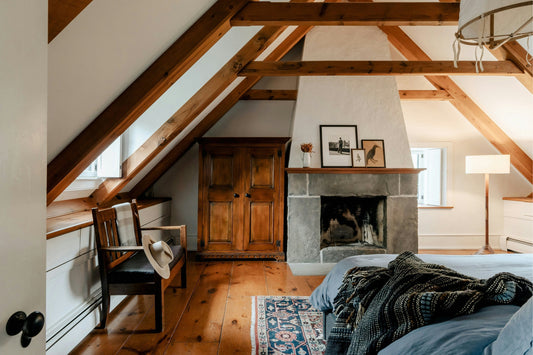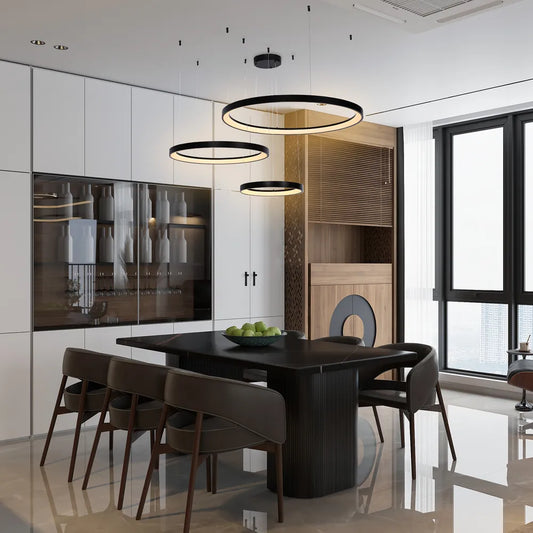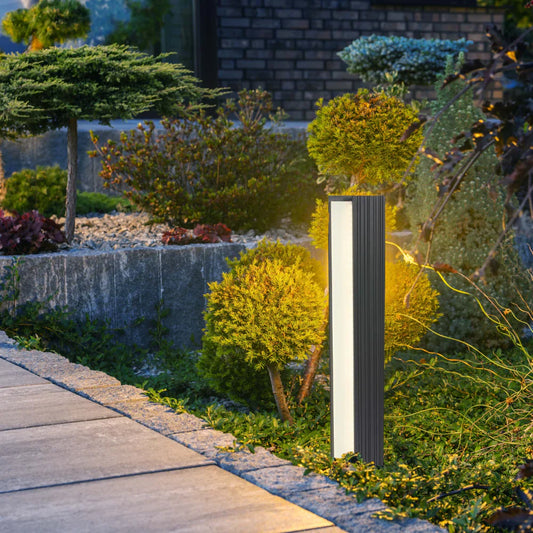
The Ultimate Guide to Choosing the Perfect Reading Lamp
Reading is a beloved pastime that offers an escape into worlds of imagination and knowledge. The right reading lamp is an essential companion for book lovers, enhancing the reading experience while ensuring eye comfort. This comprehensive guide will help you navigate the various considerations in choosing the perfect reading lamp for your needs.
The Significance of Proper Lighting in Reading Environments
Lighting plays a pivotal role in creating an ideal reading environment. It's not just about illuminating the pages of your book; it's about setting the mood, reducing eye strain, and making reading a pleasurable experience at any time of the day.
Assessing Your Space and Lighting Requirements
Before choosing a lamp, evaluate the size and ambient lighting of your reading area. The amount of natural light available, room dimensions, and the overall decor will influence your choice. A well-lit room might only need a focused reading light, whereas a darker space may require a more powerful lamp to brighten the surroundings.
Types of Reading Lamps: From Table Lamps to Floor Models
There's a myriad of lamp types to suit every reader's preference. Table lamps are perfect for desk readers, offering direct, focused light. Floor lamps, on the other hand, provide adjustable overhead lighting, ideal for cozy armchair readers. For those who prefer a minimalist approach, wall-mounted and clip-on lamps save space while delivering targeted illumination.
Essential Features of a High-Quality Reading Lamp
Choosing a reading lamp goes beyond its physical appearance. Understanding the technical aspects can greatly enhance your reading experience.
Brightness Levels and Eye Comfort
The perfect reading lamp offers adjustable brightness to cater to various reading environments and personal preferences. Look for lamps with dimming capabilities or multiple brightness settings to find your ideal illumination level, ensuring minimal eye strain during prolonged reading sessions.
The Impact of Colour Temperature on Reading
Colour temperature is a crucial factor in selecting a reading lamp. Warm lights (2700K to 3000K) create a cozy, relaxing atmosphere, ideal for evening reading sessions. Cooler lights (above 4000K), resembling daylight, are energizing and improve concentration, making them suitable for daytime reading and study.
Lampshade Design and Optimal Light Distribution
A lampshade's design influences light distribution and comfort. A wider shade ensures even light spread, minimizing harsh shadows and glare. This gentle illumination creates a comfortable environment for immersive reading experiences.
Warm vs. Cool Light: Finding Your Ideal Reading Companion
The choice between warm and cool light depends on your reading habits and the time of day. Warm light, with its soothing glow, reduces eye strain and enhances text readability, making it a favorite for evening readers. Cool light, with its crisp clarity, is preferable for daytime reading, offering contrast and reducing the need for artificial lighting.
Adhering to Safety and Quality Standards in Reading Lamps
Safety should never be compromised. Opt for reading lamps that meet recognized safety standards, such as those with a UL listing. This certification guarantees that the lamp has been tested for safety risks, providing peace of mind alongside quality illumination.
Tailoring Your Lighting to Fit Personal Preferences and Needs
The perfect reading light is one that aligns with your personal needs and preferences. Consider the overall ambiance of your reading space, the type of reading material you enjoy, and the times you're most likely to read. An adjustable lamp with a range of brightness levels and colour temperatures offers the flexibility to tailor your lighting to any situation.
The Importance of the Right Light in Enhancing Your Reading Experience
Investing in a high-quality reading lamp is not just about aesthetics; it's about protecting your eyesight and maximizing comfort during reading sessions. Poor lighting can lead to eye strain, headaches, and a diminished reading experience, making the choice of lamp an important consideration for any avid reader.
Expert Tips for Positioning Your Reading Lamp
To avoid eye strain and glare, position your reading lamp to the side or behind your reading position, ensuring the light cascades over your shoulder onto the page. This setup provides clear visibility without direct exposure to the light source, creating an optimal reading environment.
Selecting the Right Wattage for Your Reading Lamp
For LED lamps, a wattage range of 5W to 10W is typically sufficient for reading, offering a balance between brightness and energy efficiency. This range provides ample illumination for reading without the risk of overpowering brightness or unnecessary energy consumption.
Crafting the Perfect Reading Nook with the Ideal Lamp
Choosing the right reading lamp is a journey that combines personal preference with practical considerations. By understanding the nuances of lighting, from brightness and colour temperature to lamp type and positioning, you can create a reading environment that not only enhances your comfort but also complements your lifestyle. Remember, the best reading lamp is one that invites you into the pages of your book, making each reading session an enjoyable and comfortable experience.



